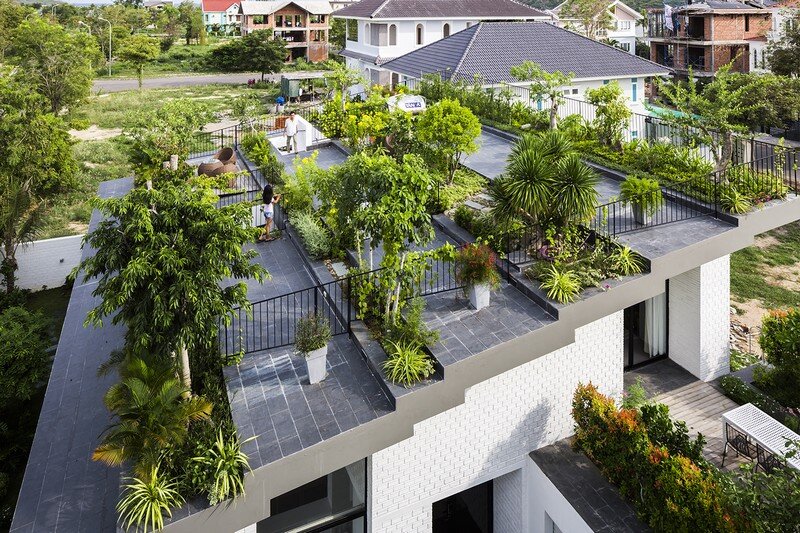Address
304 North Cardinal
St. Dorchester Center, MA 02124
Work Hours
Monday to Friday: 7AM - 7PM
Weekend: 10AM - 5PM
Address
304 North Cardinal
St. Dorchester Center, MA 02124
Work Hours
Monday to Friday: 7AM - 7PM
Weekend: 10AM - 5PM

Rooftop of your home, office building, hotel, restaurant or shop with beautiful and healthy plants, will give us benefits and sooth our mind.
The air quality of the city area is worsening day by day. The industrial Gas, CO2 from vehicles make the air toxic for breathing.
Starting a rooftop garden has many Challenges. It requires continuous effort from the gardener. Unplanned rooftop gardening cannot bear a good result. On the other hand, most of the rooftop gardeners are lack proper knowledge of gardening or selecting improper plants, does not know about soil and fertilizer or pesticide. Expert and skilled agriculturalists can play a vital role to give advice to develop a rooftop gardening.

The number of employees need in the Rooftop Garden will depend on the size of operation. Mistakes will also be less likely and less costly. The nursery Rooftop Gardening business is inherently a seasonal activity with extended labour needs during the fall and spring. By diversifying the types of products (e.g., container-grown plants) and services (e.g., landscaping) offered, it can increase sales and reduce down-time of seasonal and part-time labour. Personnel planning includes complying with Social Security, insurance, wage and hour, and income tax requirements for each of our employees.
Initial investment beyond land, buildings, equipment, supplies, and labour will also include utilities, insurance, interest on loans, taxes, licenses, and inspections. Plan carefully when establishing projected budgets and financial needs to include these expenses. There are many types of nursery operations, and our choice of operation and our market plan will greatly affect our initial investment. At least 3 years of operation are usually required before we can expect significant returns. And should not realize maximum returns for 6 years or longer. Therefore, we must have access to sufficient funds or credit to operate your business during the establishment period.
By this point, we should have a good idea of the many factors involved in starting a nursery operation. Many factors which affect the starting of a this business. The following checklist should help us prepare the kind of organized, comprehensive business we’ll need before we can arrange financing.
A potting mix for contained farming should have garden soil, coco-peat, fertilizer, compost, and perlite. The quantity of these items is highly dependent on the climate and temperature zone.

Different Types of Plants and Vegetables for your Rooftop Garden
Trees such as sapota, guava, Banana, Papaya, custard apple, oranges, lime, Amla, litchi, and even mangoes can be grown in this way.
Leafy vegetables such as spinach, Amaranthus, different type of season leafy vegetable that requires less soil and short duration like: mustang, and lettuce can be grown in your garden.
Flowers such as jasmine, gardenia, hostas, ferns, astilbe, daylilies, lavender, yarrow, artemisia, and Russian sage. clematis, hibiscus, rose, oleander, allemandes, and plumerias can be grown in planters.
Aromatic herbs, such as sweet basil, cilantro, parsley, mint, dill, tulsi, Indian borage, mustard, sesame, and fennel, are ideally interspersed with vegetables.
A serious issue you should consider is water seepage. So we advise waterproofing the rooftop professionally from an experienced professional. You can use a layer of sturdy tarpaulin for rooftop vegetable beds and a mosaic of broken china tiles will help protect against water seepage.
Some common deterrents include using chili and garlic decoctions, neem oil infused with common detergent, and marigold petals. You can also use coco-cola or Pepsi to fight the pests.